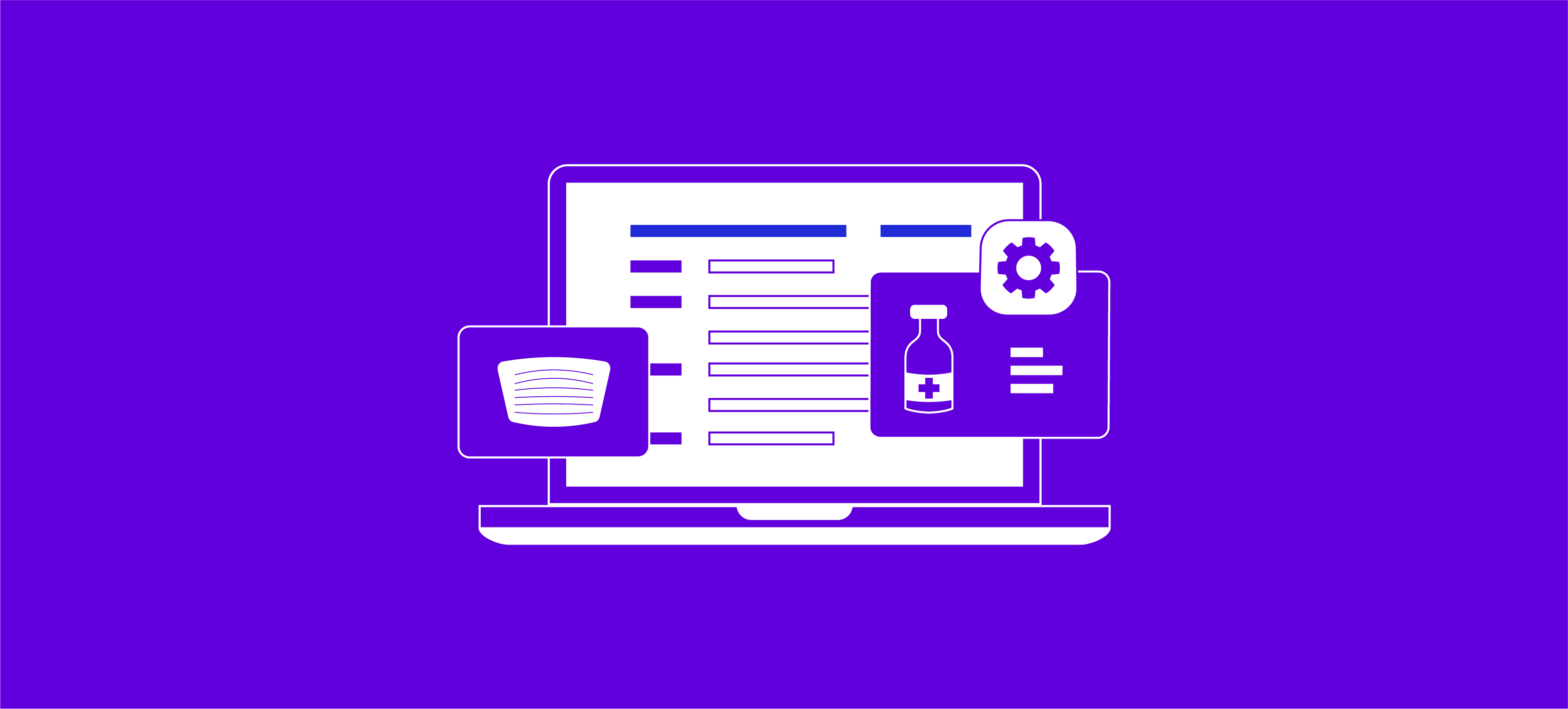How Pharmacy Benefit Managers Edge for Growth Amid Competition

As intermediaries between payers, pharmacies, and pharmaceutical manufacturers, pharmacy benefits managers (PBMs) can help lower drug prices and slow the growth of drug spending, according to the CMS. Achieving these goals in a competitive and highly regulated space requires PBMs to capitalize on their greatest asset—detailed and up-to-date pharmacy data.
But most PBMs don't track the pharmacies and pharmacists in their networks using software designed specifically for provider data management. Here's how a cloud solution for enterprise provider data management gives them an edge.
1. It mitigates errors and data gaps
As more Americans rely on prescription drugs for chronic and acute conditions, pharmacy fraud is growing, too, and spurring more investigations. PBMs receive large volumes of applications and must conduct primary source verification and exclusion checks on of each one of the thousands of pharmacies and pharmacists their networks cover. Outdated information on pharmacy directories negatively affects the complex flow of funds for PBMs and pharmacy services administrative organizations (PSAOs), and invites fraud and abuse investigations or fines.
PBMs have the opportunity to use one technology for the life cycle of a practitioner or pharmacy, making it easier to share information, ensure data integrity and transparency, demonstrate accountability for large volumes of traceable data, and handle growth.
|
Learn about PBMs’ value to healthcare Pharmacy benefit managers were established to help get prescription medication into the hands of beneficiaries on behalf of employer-based health plans. A key link in the pharmaceutical supply chain, PBMs manage valuable information including:
|
2. It ties contracts to pharmacy/pharmacist verification data
PBMs contract with many entities, including:
- Pharmacies
- Health plans and MCOs
- Government payers
- Claims processors
- eRX vendors, and others
Effective contracts management requires the ability to capture distinct information by contract type, and then tie it to the enrollment and credentialing status of individual providers.
Contract template and letter creation functionality, e-signature, and web views are examples of other functionality in a comprehensive contracting application that allows organizations to expedite and organize the contract process, from negotiation to renewal.
3. It uses analytics to manage unique offerings
Many small and independent PBMs have found their niche serving as specialty pharmacy managers for health plans and payers, or serving the ambulatory pharmaceutical market. Specialty medications in particular, due to their high prices, often go hand in hand with complex administrative and compliance challenges. Whether or not a PBM caters to a specific beneficiary population, a SaaS connected enterprise system must enable reporting and analytics to:
- Improve financial, clinical, and operational performance
- Eliminate wasteful spending
- Manage trends
- Ensure regulatory compliance
A customizable, cloud-based provider data management software that tracks pharmacies, pharmacists, and contracts gives PBMs the edge they need to survive and thrive.
Learn more about symplr’s solutions for PBMs and PSAOs today.